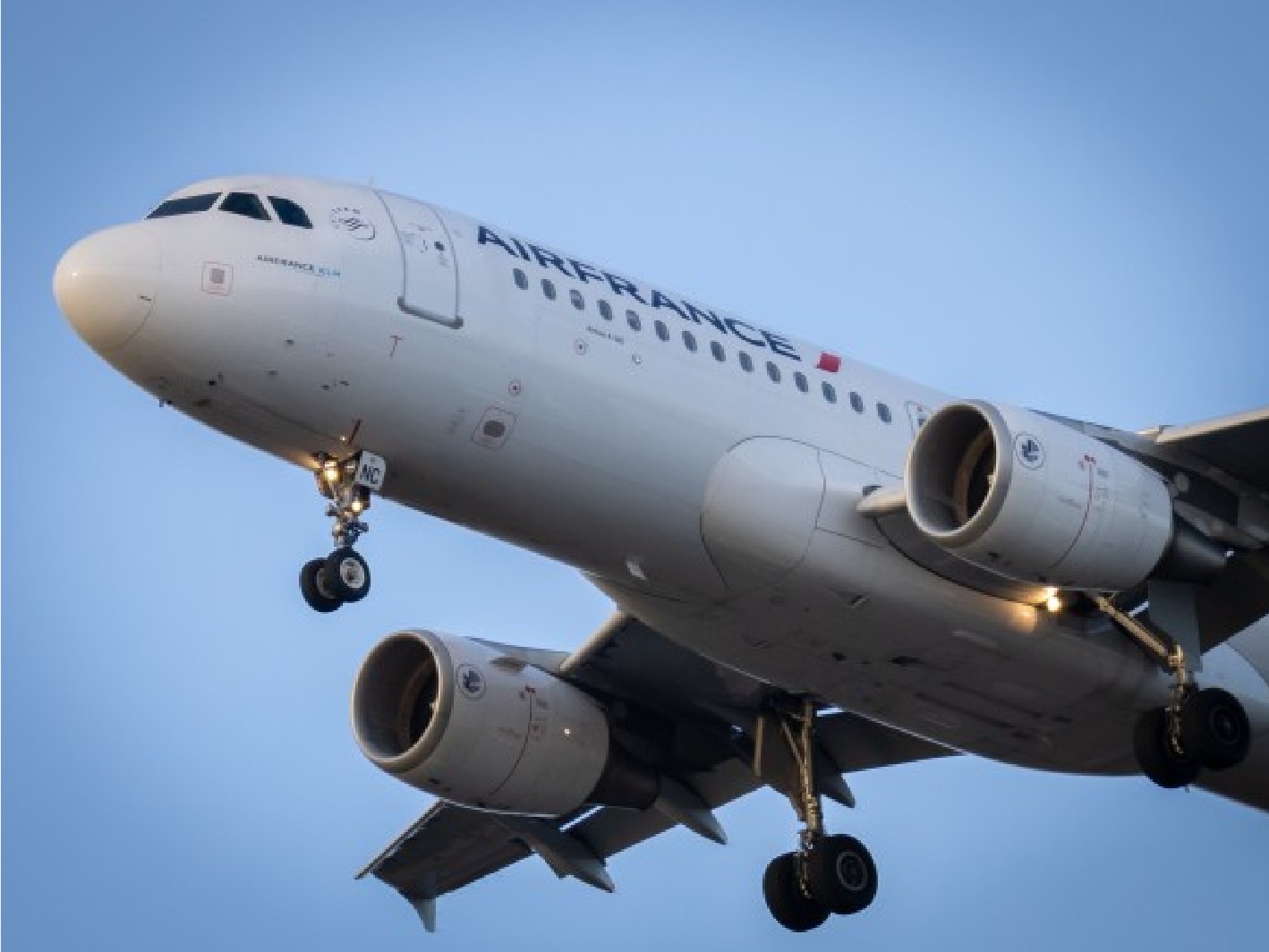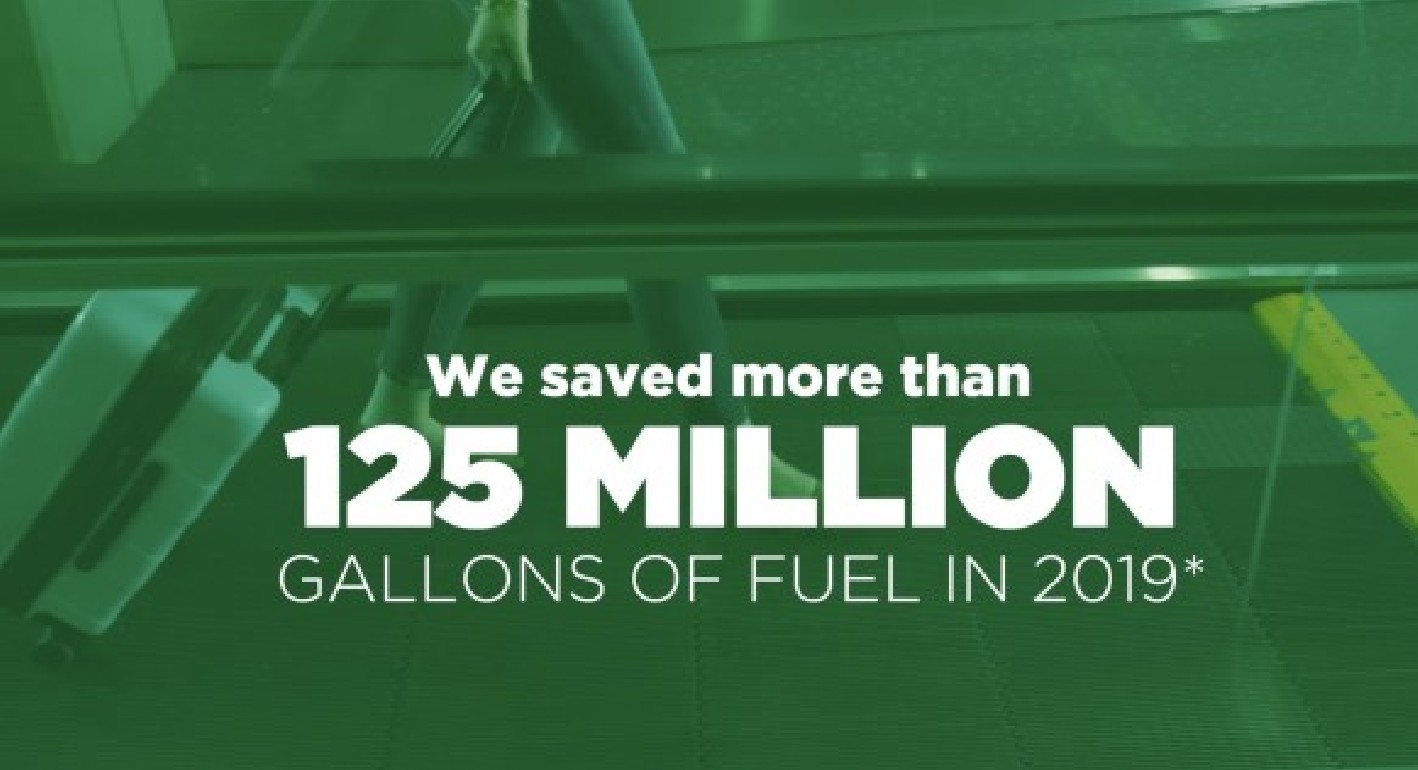NEWSLETTER
In Conversation: Holly Boyd-Boland, Virgin Atlantic

Air France has launched its new carbon emissions reduction program, “Air France ACT.”
The Airline is the latest in a recent stream of airlines and airports to release a strategy with interim targets for how they intend to hit net-zero emissions by 2050, making it clear that simply announcing that an airline intends to be net-zero by 2050 isn’t going to cut it anymore.
Air France has been a leader in sustainable aviation over the last few years and its new strategy highlights why.
The carrier is focusing its efforts on reducing emissions from both direct emissions from Air France’s operations, and indirect emissions from upstream factors, as well as supporting projects that absorb CO2 from the atmosphere.
More impressively is how specific the airline’s targets are, including defining its trajectory by emissions per passenger/km as well as by company total.
The carrier has also cited the scientific assessment method (Science-Based Target initiative) used to develop its strategy.
Air France also breaks its strategy into five key priorities which among others comprise of developing intermodal transport, including renewing its partnership with France’s national railway company SNCF.

Air France isn’t the only airline to pursue this trajectory as part of its method to reduce its emissions.
In 2019 Air France’s partner company KLM, employed the same creative strategy to reduce its emissions by partnering with NS Dutch Railways and Thalys to replace one of its routes with the option for passengers to take Thalys high-speed train instead.
It seems the program had shown some success as the airline announced the expansion of the partnership earlier this month.
Airlines aren’t the only ones realizing the importance of having science-based interim targets. Last week Birmingham Airport released its “Flight to Net-Zero” which sees the airport targeting net-zero emissions by 2033.
Interestingly, both Birmingham and Air France make a point of stating that they are moving away from using carbon offsets in their strategy with Birmingham stating its intent to prioritize airport operations and Air France prioritizing measures that exclusively reduce direct and indirect emissions.
As more airlines and airports begin to release reports citing their interim measures, it will be interesting to see which companies continue to use offsets as a primary focus for their strategies and which move to more operational methods.
One thing that is for sure though, is that it is becoming increasingly necessary for airlines and airports to have science-based interim measures if they intend to have credibility in the industry for their sustainability programs and initiatives.
By Hailey Findlay, Communications and Sustainability Specialist, SimpliFlying

SimpliFlying CEO Shashank Nigam writes:
With Earth Day approaching, Frontier Airlines is laying claim to being the #AmericasGreenestAirline.
Not only because it probably packs the most passengers per plane. It has some legit arguments!
Here are some of Frontier’s claims to be the greenest airline in the US (by fuel burn per seat)
1. Mobile boarding passes (saves paper)
2. Airbus A320 Neos with GTF engines (on order)
3. New “super-thin” Recaro seats that are 30% lighter
4. Biodegradable in-flight service items
I have to give credit to Barry Biffle and the entire Frontier marketing team for producing this video with all these facts and featuring spokespersons from partners like Airbus and Pratt & Whitney as well.
I’d have loved to see them talk about their high-density seating as a strength, rather than leaving it out of the video. Their landing page with the green credentials is also impressive.
Perhaps the next steps should be sharing a net-zero target year and signing some SAF deals?
Positive news story of the day
Dandelion-derived Rubber Promising for Aircraft Tires (AIN Online)
Cape Air reaches deal to buy Eviation’s 75 all-electric aircraft (Airport Technology)
‘Reduce emissions or be hammered by taxation’, airlines warned (Travel Weekly)
JetBlue Invests in Sustainability Fund (Environmental Leader)
Airlines seek clearance for liftoff on sustainable aviation fuels (Reuters)
Etihad Airways expands sustainability flight testing (Breaking Travel News)
airBaltic Publishes Its Sustainability Report: The Key Takeaways (Simple Flying)
© 2022 SimpliFlying Pte. Ltd.